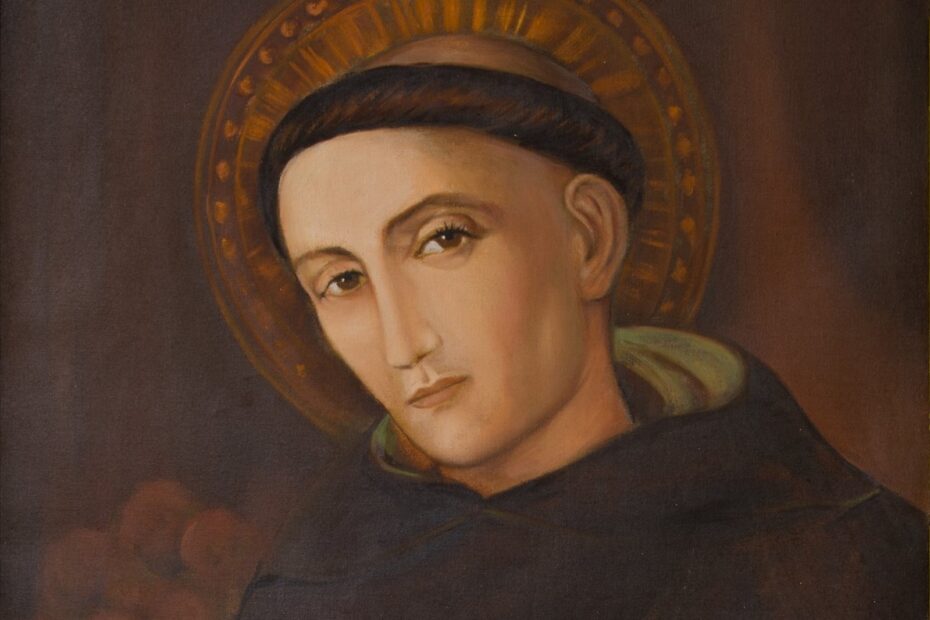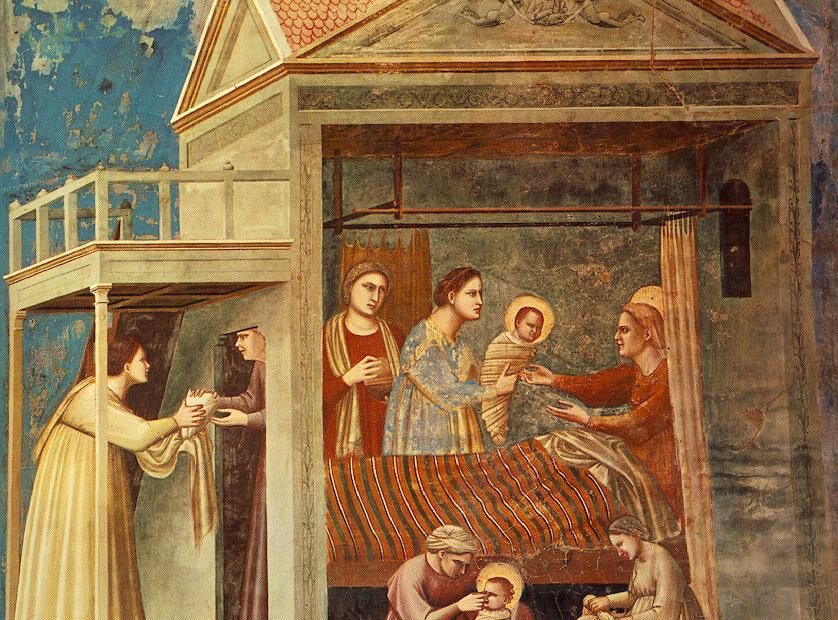St. Nicholas of Tolentino
St. Nicholas of Tolentino, a native of Sant’ Angelo, in the diocese of Fermo, was born about the year 1245. As a young man, but already endowed with a canon’s stall, he was one day greatly affected by a sermon preached by a Hermit of St. Augustine and decided to enter this newly-founded Order. At first he lived at the hermitage of Pesaro and then at Tolentino where he died in 1305. His whole life was remarkable for its great austerity which was inspired by his great love of the cross. According to the 1962 Missal of St. John XXIII the Extraordinary Form of the Roman Rite, today is his feast.









